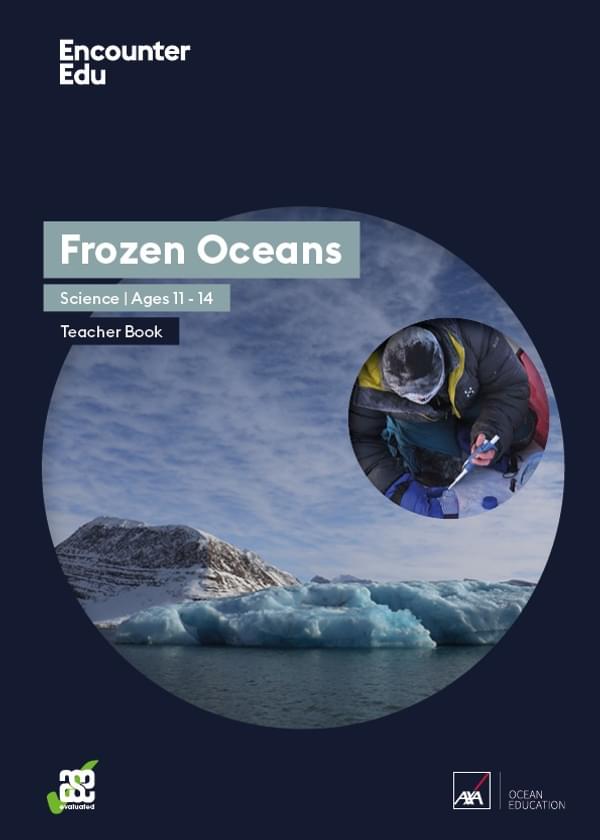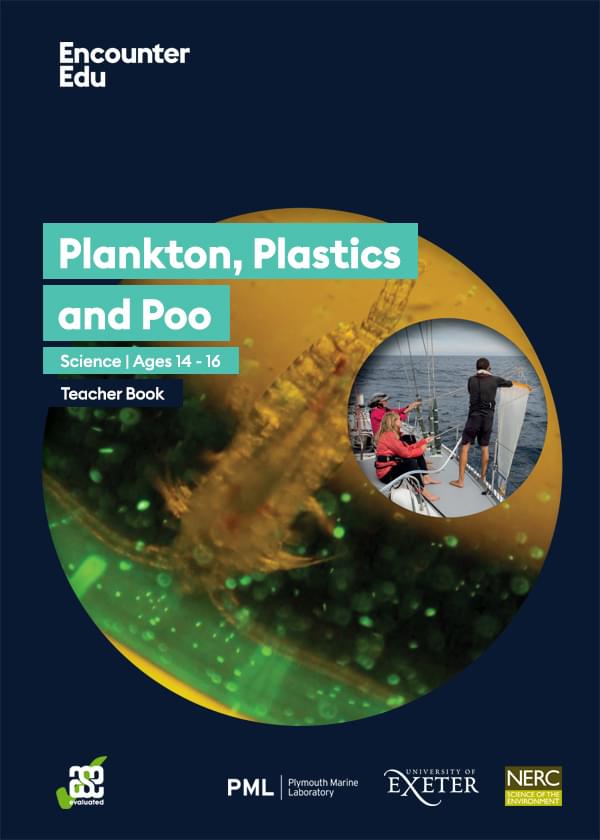Learn more: What are trophic cascades?
There are two types of cascade:
- Top down cascades caused by the population decline of a top predator.
- Bottom up cascades caused by the population decline of a producer or primary consumer.

In top down cascades, as illustrated in Figure 1:
- The top predator population is severely reduced by human activity, eg over fishing.
- The secondary consumer population increases as it has been ‘released from control’ by predation.
- The primary consumer population decreases.
- The producer population increases.
Examples of top down cascades include:
- The over fishing of cod in the northwest Atlantic.
- The decimation of kelp forests by sea urchins after the mass hunting of sea otters who predate upon the urchins.
It’s worth noting that these effects can vary over time.
While mid-level consumers might experience an initial population explosion, the resulting over feeding can drive their food sources to extinction, in turn causing their own demise.

In bottom up cascade, as illustrated in Figure 2, the producer population decreases, reducing the energy input into the system. As a result, there is a reduction in the population of all species at higher trophic levels.
Complexity
Biological systems are complex, and predicting the impact of changing populations is extremely difficult for a number of reasons. Firstly, simple food chains are actually part of complex webs, with many interactions of different strengths, influenced by:
- The food preferences shown by both carnivores and herbivores.
- By many organisms occupying multiple trophic levels.
- By interactions where two organisms prey on each other at different phases of their life cycle.
Secondly, population density is also controlled by other factors such as:
- The availability of breeding sites.
- The availability of refuges.
- Levels of disease.
Finally, communities are not discrete areas: they merge with those around them.
Further research
The precise community level impact of zooplankton grazing on microplastics obviously requires further study, but what is already clear it that human interactions which cause the decline of one population within a community, have a ripple effect that indirectly reduce that community’s biodiversity.

Science | Ages 11-14
Frozen Oceans
The Frozen Oceans Science resources introduce working scientifically concepts and skills to 11-14-year-olds through enquiry-based lessons which replicate work done by field scientists in the Arctic.
